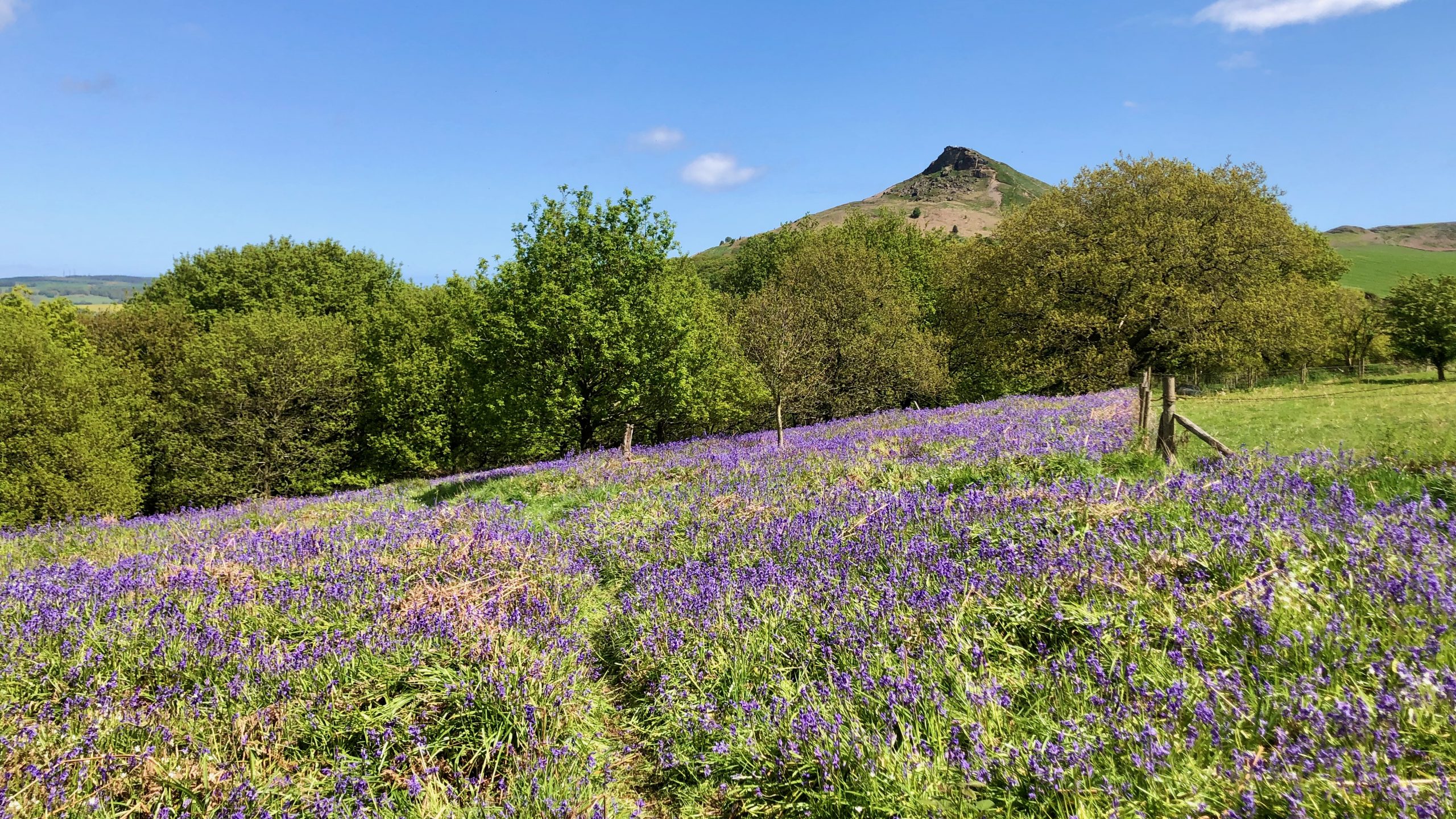I make no apologies for yet another posting featuring the greggles of Newton Wood. In a mere couple of weeks, they will have surpassed their peak, and the woods will be stripped of their intoxicating hue of violet blue.
Thomas Hardy employed the term “greggles” in his book, The Mayor of Casterbridge, ingeniously portraying the journey of his young heroine as she rises through the ranks of society. In her quest for refinement, she discovers the art of eschewing dialect words, which she aptly labels as “those terrible marks of the beast to the truly genteel,” cleverly substituting them with the graceful moniker of “wild hyacinths.”
Oh, the wonderful view of a lush bluebell blanket spread across our woodland floors is truly a breathtaking sight. But have you ever wondered about their origins? A common thought is that in the days of wild boar roaming our forests, their rooting snouts might have played a role in disturbing the earth, unearthing those fragile bluebell bulbs. Yet, as it happens, bluebells have proven themselves remarkably resilient to such disruptions.
Recently, a team of scientific researchers made an intriguing discovery: within a fenced area, bluebell populations can undergo a remarkable revival in just a span of a couple of years1‘Short-Term Response and Recovery of Bluebells (Hyacinthoides Non-Scripta) after Rooting by Wild Boar (Sus Scrofa) on JSTOR’. 2014. Jstor.org <https://www.jstor.org/stable/24557249> [accessed 8 May 2023]. However, despite their resilience, these beautiful flowers are not impervious to harm. Not surprisingly, they are quite susceptible to being trampled upon by us humans. Sadly, even a single season of heavy trampling from visitors to woodlands can lead to a drastic decline in their numbers. In fact, the figures can plummet to a mere 4%, which is truly disheartening2Littlemore, James, and Susan Barker. “The ecological response of forest ground flora and soils to experimental trampling in British urban woodlands”. 2001. Urban Ecosystems, 5.4: 257–76 <https://doi.org/10.1023/a:1025639828427>.
It appears that these delicate little plants seem to face quite a challenge when it comes to recovering from a difficult year. You see, every year the entire bulb undergoes a complete renewal, so any loss of leaves from the previous season can truly disrupt their rhythm. And as if that wasn’t bad enough, the seeds have a mere one-year shelf life.
So, let us all step lightly and not trample the delicate ecosystem of the woodland floor. After all, we wouldn’t want to miss the breathtaking spectacle of vibrant bluebells that eagerly welcomes us every spring, would we? Let’s cherish and protect nature’s enchanting gift as we traverse through these magical woods.
Have you ever come across the enchanting tale of bluebells entwined with fairies? Folklore has it that plucking these dainty blooms brings ill fortune, while adorning oneself with a garland of them compels utter honesty. Maybe politicians should be made to wear a wreath of bluebells when being sworn into office.
- 1‘Short-Term Response and Recovery of Bluebells (Hyacinthoides Non-Scripta) after Rooting by Wild Boar (Sus Scrofa) on JSTOR’. 2014. Jstor.org <https://www.jstor.org/stable/24557249> [accessed 8 May 2023]
- 2Littlemore, James, and Susan Barker. “The ecological response of forest ground flora and soils to experimental trampling in British urban woodlands”. 2001. Urban Ecosystems, 5.4: 257–76 <https://doi.org/10.1023/a:1025639828427>

Leave a Reply